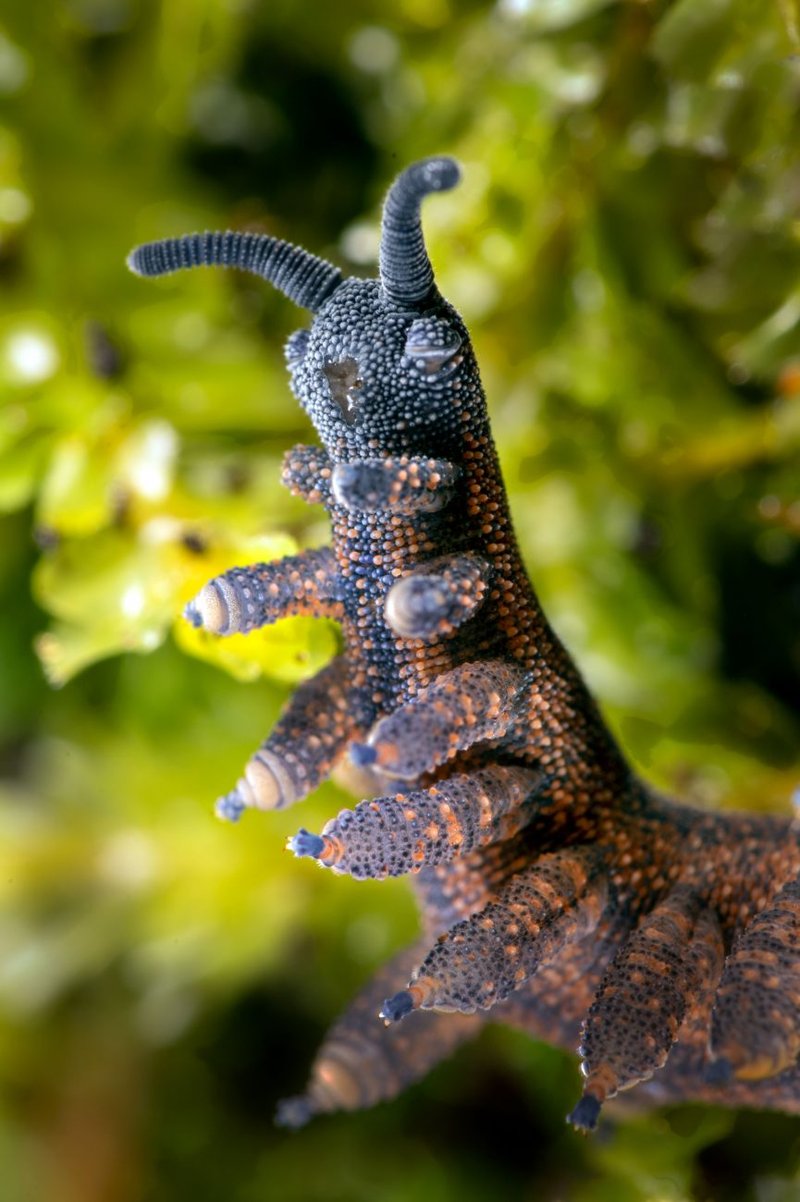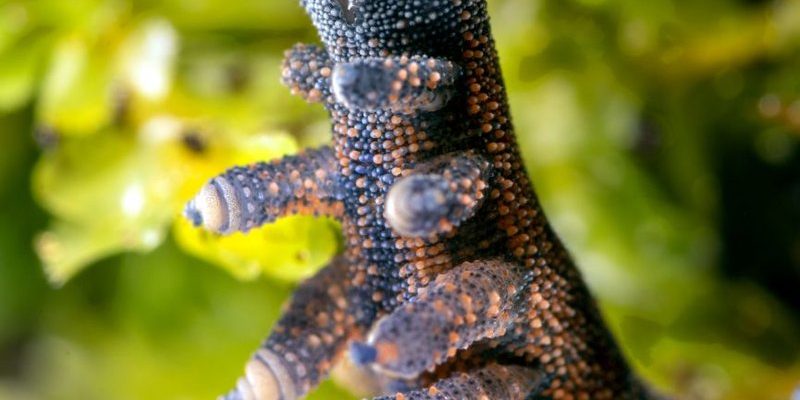
You might be wondering why we should even care about these little critters. Well, understanding velvet worms can give us insight into the broader picture of evolution and how life has adapted over millions of years. Think of them as nature’s time capsules, preserving clues about our planet’s past. So, let’s dive into the world of velvet worms and explore their unique role in the tree of life.
What Are Velvet Worms?
Velvet worms are soft-bodied, segmented creatures that belong to the phylum of *Onychophora*. They can grow up to 15 centimeters long and are often found in humid, tropical forests. Their bodies are covered in a velvety coating of tiny hairs, giving them an almost plush appearance. This softness serves a purpose; it helps them retain moisture, which is crucial for their survival in the often-damp environments they inhabit.
These remarkable worms are actually more closely related to insects than to earthworms, a fact that might surprise you. Here’s the kicker: velvet worms have retained many primitive features that help scientists understand how life evolved on Earth. They have a unique way of moving, using a series of contractions and extensions in their body, similar to how a caterpillar moves.
Velvet worms are also fascinating because they hunt in a rather unusual way. They exude a sticky slime that traps prey, usually small insects. Then, they use their sharp jaws to consume their catch. It’s like watching a little ninja in action, quietly sneaking up on its dinner!
Where Do Velvet Worms Live?
You can find velvet worms in a variety of habitats, but they really thrive in humid forests that offer plenty of leaf litter and organic material. They’re mainly distributed in tropical and subtropical regions, but you can also find some species in temperate areas. Countries like New Zealand, Australia, and parts of Central and South America are home to these elusive creatures.
What’s particularly interesting is that velvet worms are nocturnal. They prefer to stay out of sight during the day, emerging at night to hunt and mate. This behavior helps them avoid predators and harsh sunlight. Imagine sneaking out under a blanket of stars, ready for a midnight snack!
The moisture-rich environment is crucial for their survival. Without it, these critters can dry out quickly. That’s why you’ll often spot them under logs or in the shade, where they can stay moist and hidden from prying eyes.
The Evolutionary Significance of Velvet Worms
Velvet worms are a key part of the evolutionary puzzle. They are considered “living fossils,” meaning they resemble creatures that lived millions of years ago. They provide insight into what early life on Earth might have looked like, bridging the gap between arthropods (like insects and crabs) and annelids (like earthworms).
Scientists believe that velvet worms diverged from their common ancestors over 500 million years ago. They are closely related to the ancestors of all arthropods, which include spiders, insects, and crustaceans. By studying their unique characteristics and genetic makeup, researchers can learn more about how these groups evolved.
Here’s the thing: understanding the evolutionary journey of velvet worms helps us grasp how life adapts and survives over time. They remind us that life isn’t just about the fittest or fastest; sometimes, hanging on to ancient traits can be just as important.
How Do Velvet Worms Reproduce?
Velvet worms have a fascinating reproductive system. They can reproduce through both sexual and asexual means. Males and females have distinct roles, and courtship often involves a unique ritual. The males often use a special appendage to transfer their sperm to the female, which can lead to intense competition among males.
After mating, females can store sperm for a while before fertilizing their eggs. They give birth to live young, which is quite unusual for invertebrates. Typically, they’ll produce around 20 to 30 offspring at a time. These tiny worms are born ready to go, making their way into the world almost fully formed, just in miniature.
This method of reproduction may seem pretty advanced for such primitive-looking creatures. It also highlights the adaptability of velvet worms in evading the harsh realities of their environment. It’s a pretty clever survival strategy!
Velvet Worms and Their Ecosystem Role
In their ecosystems, velvet worms play an essential role as both predators and prey. They help control insect populations by hunting down small bugs, which can help maintain a balance in their habitats. This predatory behavior is vital for keeping the ecosystem healthy.
On the flip side, velvet worms are also a food source for a variety of animals, including birds, reptiles, and even some mammals. Their presence supports a food web, showcasing how interconnected life truly is. Just think about the ripple effect; every creature in an ecosystem contributes to its health and stability.
Another intriguing aspect of velvet worms is their slime. When threatened, they can produce a sticky substance that can entrap would-be predators. This not only helps them escape but can also serve as a vital nutrient source for other organisms when it decomposes.
The Fascinating Science of Velvet Worms
Researchers are captivated by velvet worms and their unique adaptations. Some scientists even study their slime to understand its properties, which may have potential applications in medicine or materials science. The slime is not just sticky; it’s also incredibly strong and elastic, making it an interesting subject for studies in biomaterials.
Moreover, studying velvet worms can teach us about evolution, ecology, and even climate change. Because they respond sensitively to environmental changes, they can serve as indicators of ecosystem health. This makes them valuable for conservation efforts, helping to inform us about the state of the environments where they live.
Velvet worms remind us that even the most unusual creatures can contribute greatly to our understanding of life on Earth. Their unique adaptations offer lessons on resilience, survival, and the interconnectedness of all living things.
Why Velvet Worms Matter
So, why should we care about velvet worms? For starters, they hold key information about our planet’s evolutionary history and biodiversity. By studying them, we can learn more about how life on Earth has evolved and adapted over time.
In a world where many species face extinction due to climate change and habitat destruction, protecting velvet worms also means protecting their ecosystems. Their well-being is tied to the health of our planet as a whole. If we lose species like velvet worms, we risk losing more than just a quirky creature; we could affect entire ecosystems.
In conclusion, velvet worms may not be the most glamorous animals on the planet, but they are undeniably important. They help us frame the bigger picture of life on Earth and our place within it. Every living creature, no matter how strange, plays a role in the intricate web of life, and that’s a beautiful thing to remember.

